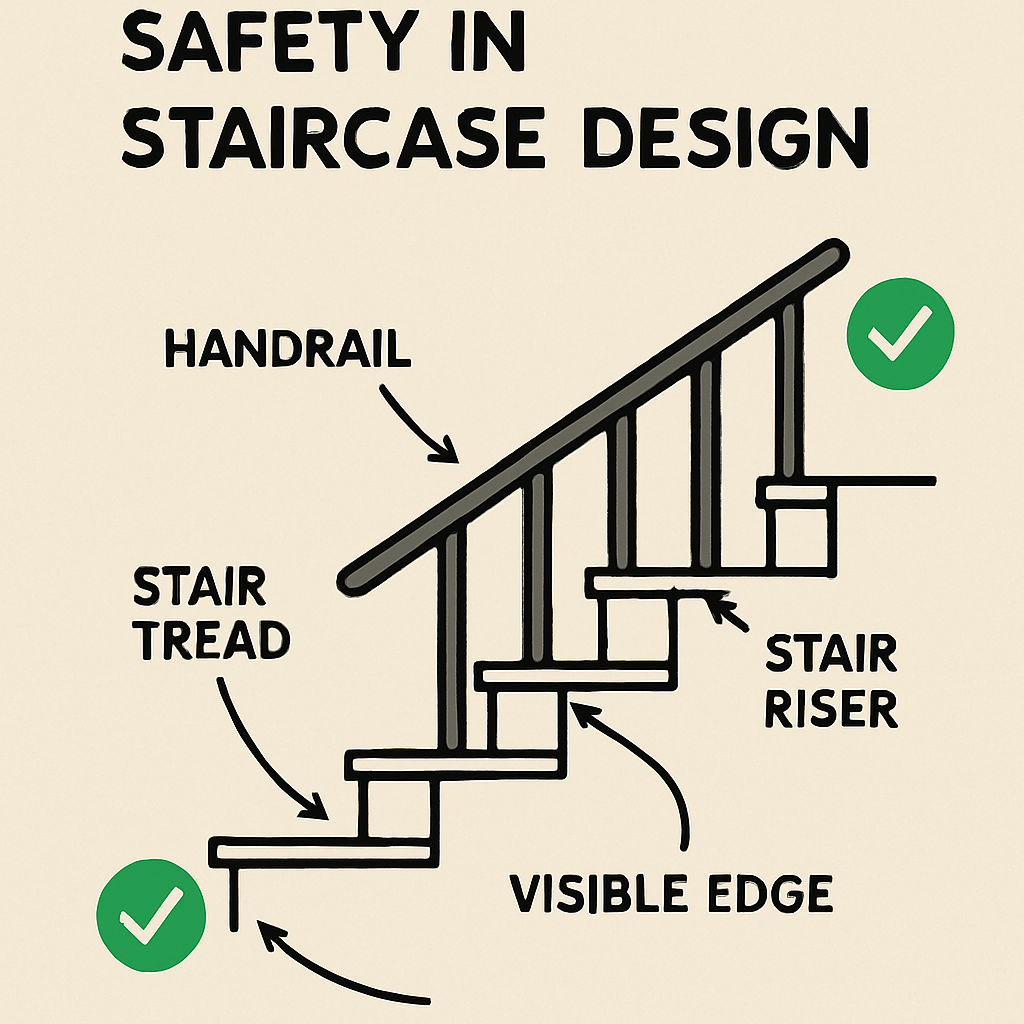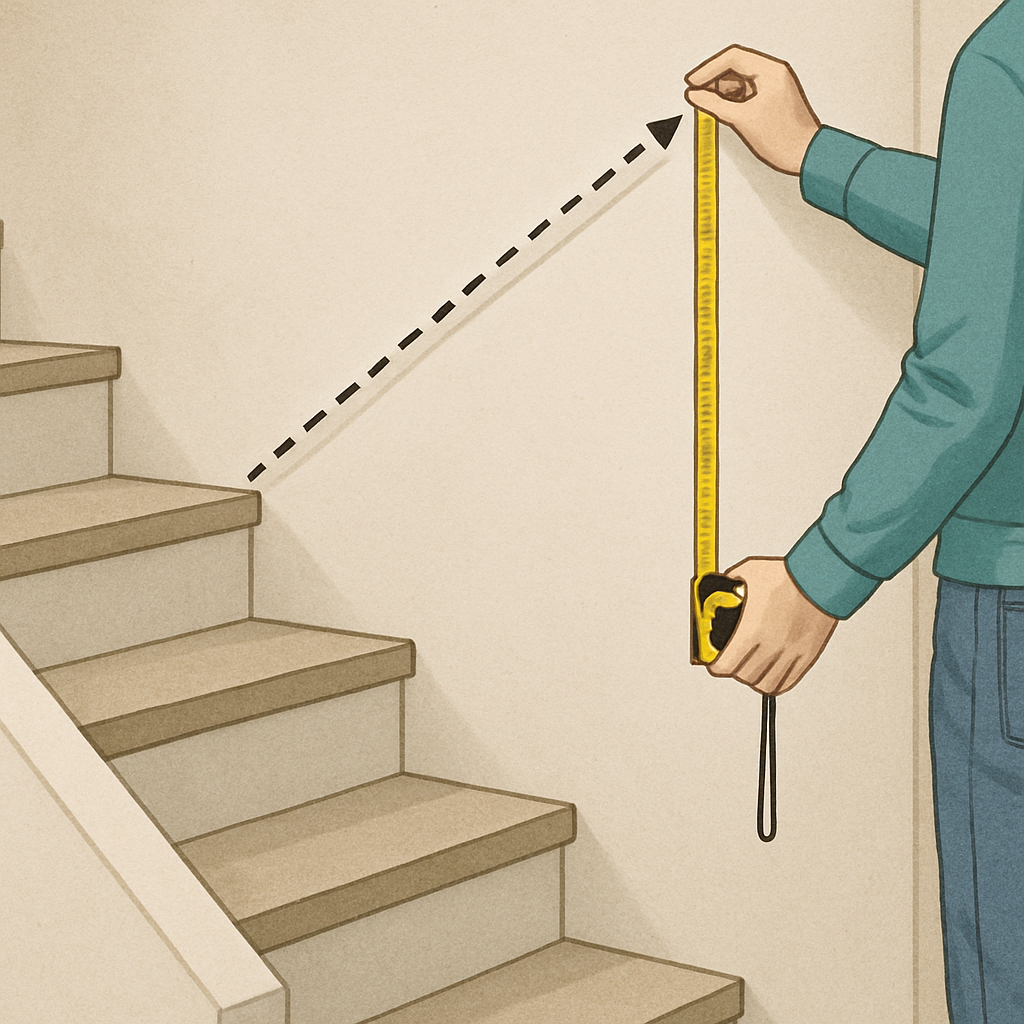 Service Hotline:13510328459
Service Hotline:13510328459
 205-206, 2nd Floor, Building 2, Xiazao Village Industrial Zone, Gaofeng Community, Dalang Street, Longhua District, Shenzhen City
205-206, 2nd Floor, Building 2, Xiazao Village Industrial Zone, Gaofeng Community, Dalang Street, Longhua District, Shenzhen City
 Service Hotline:13510328459
Service Hotline:13510328459
 205-206, 2nd Floor, Building 2, Xiazao Village Industrial Zone, Gaofeng Community, Dalang Street, Longhua District, Shenzhen City
205-206, 2nd Floor, Building 2, Xiazao Village Industrial Zone, Gaofeng Community, Dalang Street, Longhua District, Shenzhen City
Time:2025-09-17 Preview:
When it comes to home improvement, the installation of handrails can often be overlooked, yet it plays a crucial role in both safety and aesthetics. Stair handrails are essential for providing support and stability, especially for children, the elderly, and people with mobility challenges. In this article, we will explore the importance of stair handrails, the process of their installation, and how a handrail installation effect diagram can help visualize the outcome.
Handrails are not just decorative elements; they are vital for ensuring safety. Accidental falls on stairs can lead to severe injuries, but with the proper installation of handrails, the risk can be significantly reduced. Handrails offer a point of balance and support, making it easier to navigate staircases safely.
Beyond functionality, handrails can also enhance the aesthetic appeal of your home. With a variety of materials such as wood, metal, and glass, you can choose a design that complements your interior decor. The right handrail can transform a mundane staircase into a focal point of your home.

Handrail installation may seem daunting, but with the right tools and guidance, it can be a manageable DIY project or efficiently handled by a professional. Here’s a step-by-step overview of what the installation process typically involves.
Before any installation, precise planning and measuring are crucial. Determine the length of the handrail needed by measuring the staircase’s rise and run. Consider the height of the handrail, which should be between 34 to 38 inches from the stair nosing for optimal safety.
The choice of materials will affect both the durability and appearance of your handrails. Wood offers a classic look, while metal provides a modern and sleek design. Glass railings can offer a contemporary and open feel, ideal for modern homes. Consider the style, maintenance, and budget when selecting materials.
Mark the Wall: Start by marking the wall where the handrail brackets will be attached. Ensure that these marks are aligned and evenly spaced for stability.
Attach the Brackets: Drill holes into the wall at the marked spots and secure the brackets using screws. Make sure the brackets are firmly attached to support the weight of the handrail.
Secure the Handrail: Place the handrail onto the brackets and secure it with screws. Ensure that the handrail is level and securely fastened to prevent any wobbling.
Finishing Touches: Once installed, sand any rough edges and apply a finish to protect the handrail from wear and tear.

An effect diagram can be an invaluable tool in the planning and installation process. This visual aid helps you understand how the finished product will look and function in your space.
A handrail installation effect diagram is a visual representation of the handrail system you plan to install. It includes details such as dimensions, materials, and the configuration of the handrail and brackets. This diagram serves as a blueprint, guiding you through the installation process and helping you anticipate potential challenges.
Clarity: Provides a clear visual of the end result, reducing the chance of errors during installation.
Customization: Allows you to experiment with different styles and configurations to find the perfect fit for your home.
Efficiency: Speeds up the installation process by giving clear guidance on measurements and placement.

Even with careful planning, you may encounter some challenges during handrail installation. Here are a few common issues and how to address them:
Uneven walls can make it difficult to attach brackets securely. Use shims to level the brackets or consult a professional for solutions.
Mistakes in measuring can lead to handrails that don’t fit properly. Double-check all measurements before cutting materials and consider using a laser level for accuracy.
Ensure that the wall can support the handrail by attaching brackets to studs or using wall anchors designed for heavier loads.
Installing stair handrails is a crucial step in enhancing both the safety and appearance of your home. By understanding the importance of proper handrail installation and utilizing tools like an effect diagram, you can ensure a successful project outcome. Whether you choose to undertake this as a DIY project or hire a professional, the benefits of having a sturdy and stylish handrail are well worth the effort.
For additional guidance, consider consulting with a home improvement specialist who can provide insights tailored to your specific needs and home design. Remember, safety and style can go hand in hand with the right approach to handrail installation.
